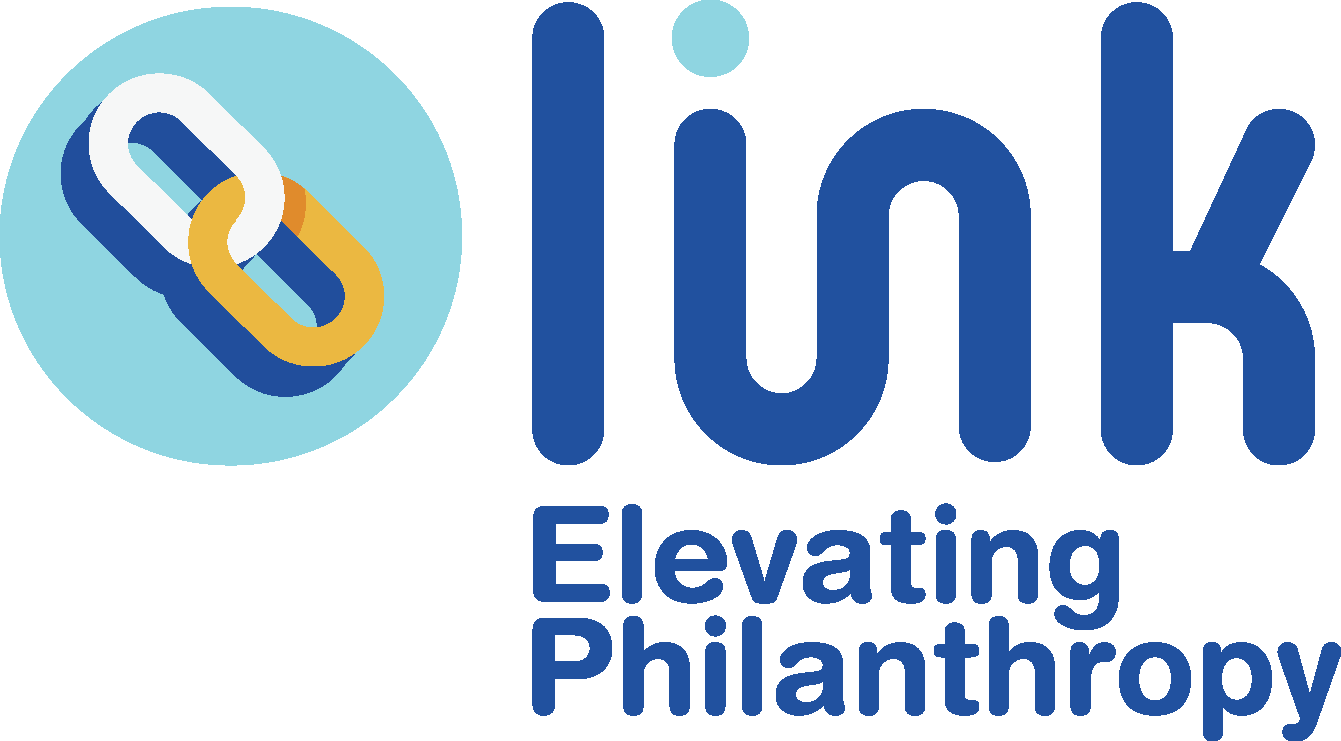Why Endowments Are Important
Why Endowments Are Important
An endowment provides an ongoing source of revenue for the future. It is a gift product that every organization should have to maintain its fiscal viability. Think about it like an investment account or a money market account growing over time to offset your operational or programmatic expenses.
Benefits to the Organization
Endowment builds stability. When you have a larger pool of money as security and a perpetual revenue source you have more stability in your organization. You can plan more for the future, such as how you're going to grow, and free up your time to project for other avenues of revenue.
It also relieves pressure from your annual fund and from the staff raising funds year after year. Therefore, this releases the staff to be more innovative, take risks, build-out programming, and support your community in different ways. As much as it provides financial stability, it provides a way for you to diversify your revenue.
It also builds a pipeline for future gifts. Many donors want to see that you have a stable organization before they invest in it for the future through a legacy gift. Your donors can give you a gift through a will to your endowment or also support your endowment through a current gift.
Endowment also increases annual gifts. People that do legacy gifts tend to feel more invested in the organization and will increase their annual gifts over time. Additionally, many organizations encourage their annual giving donors to endow their annual gifts. As a result, your donors could give other types of impactful gifts as well.
Benefits to the Donor
Endowments align with donor values and allow them to support particular programs. Many donors prefer to invest in the future, rather than giving towards current operational expenses. You are providing another option for them to express their philanthropy.
Endowment gifts are easy to close. Donors can also add to it, which is an important benefit of this gift vehicle.
Another way that this is great for donors is that it leaves a legacy. The gift could be named after someone, themselves, or a family member being honored. It is a wonderful way to provide an option for your donors to give to you as a legacy.
Types of Endowment
Permanently restricted endowment is the most common type and what most people think of when setting up an endowment. It is a donor-restricted endowment so the organization can't access the principal. While this creates fiscal stability, it is also why some organizations shy away from endowments because they feel that they need to have access to those funds and they don't want to steer their donors to permanently restricted funds.
Quasi endowment funds, or “board restricted” endowments are a way for the organization to internally restrict the funds to act like a permanently restricted endowment. There is a yearly income stream but the organization can access the assets if necessary.
Next Steps
If you don’t already have an endowment in place, start to do the research and speak with your board about the benefits. You can easily add it as an option for planned giving for your donors.
If you have one already, take a look at your marketing. The need to invest in your future is important to many of your donors.
Need help with creating, or growing, your endowment? Click here for a connect call to see how we can work together.


